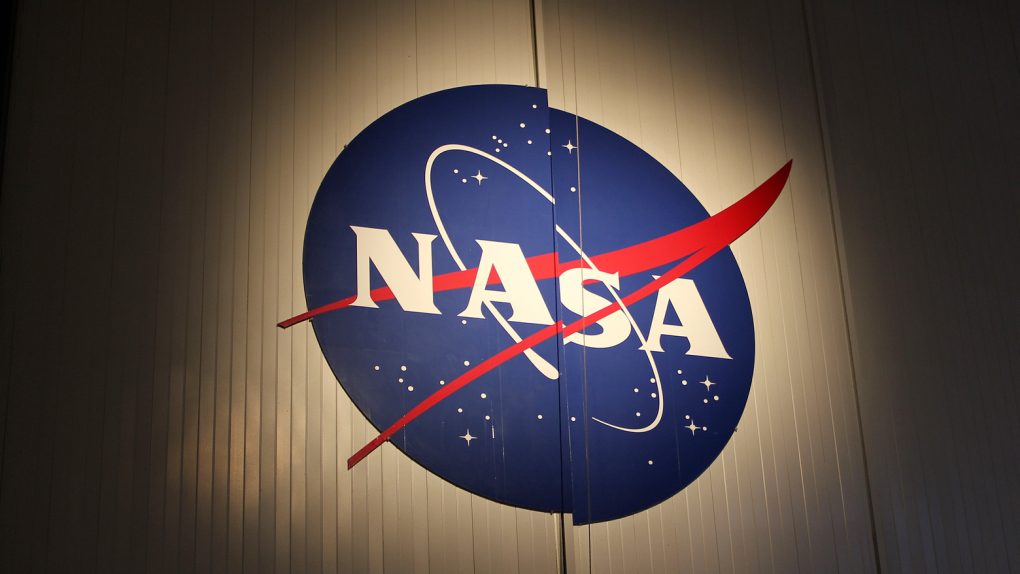It’s not often that the incredibly bright minds at NASA are forced to look for solutions from the general public, but the agency just launched a new competition that does just that. NASA wants to find a new aerosol detection technology that can be used on Earth and in space, and it’s offering the hefty sum of $100,000 to any individual or group that can develop the best one.
Detecting the presence of aerosols — which are tiny airborne particles that we can’t see but regularly breathe in — is vital to the health and wellbeing of long-haul space travelers. Determining the breathability and potential danger of any air source is of utmost importance, but current technologies that detect aerosols are too bulky to be considered for long space trips. NASA wants something smaller, but just as effective as today’s top-of-the-line tech.
“NASA has identified particulate monitoring as a gap in its technology roadmap to enable future long-term missions,” the competition page explains. “Current technology does not provide the level of sensitivity, the longevity, or the ability to operate in a reduced-gravity environment. The added bonus of this technology demonstration competition is the potential benefit to human health on Earth as well as in space.”
NASA has partnered with the Robert Wood Johnson Foundation to help manage the competition, and any participants who believe they have a shot at scoring a deal with NASA must register no later than Wednesday, December 13, 2017. An evaluation panel will score each valid application, after which comes a prototyping phase. Finalists will be selected and then after demonstrating and testing their hardware, the grand prize winner will be announced. That individual or group will cash in to the tun of $100,000.








